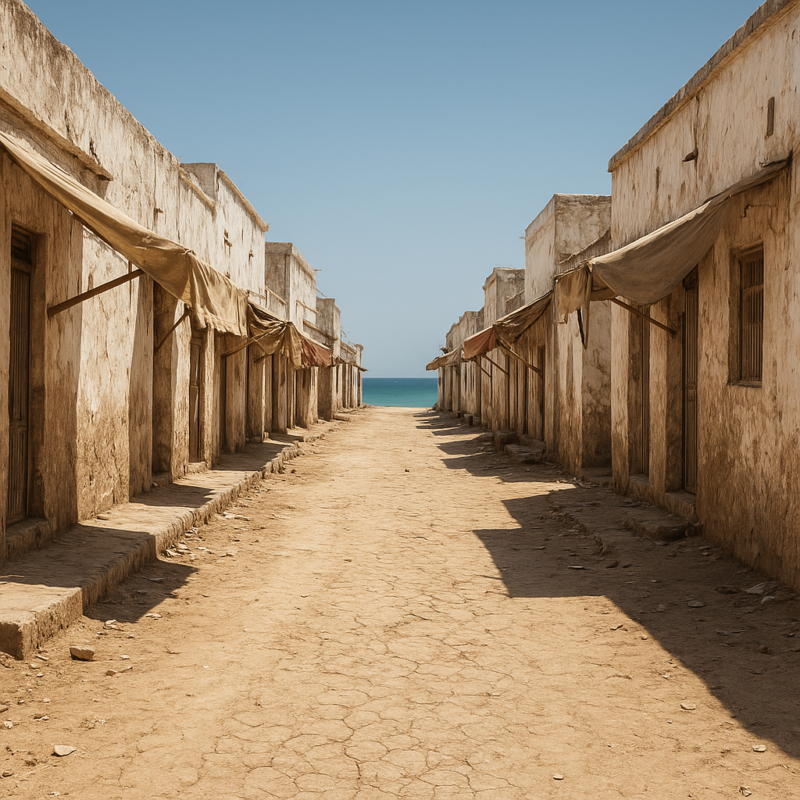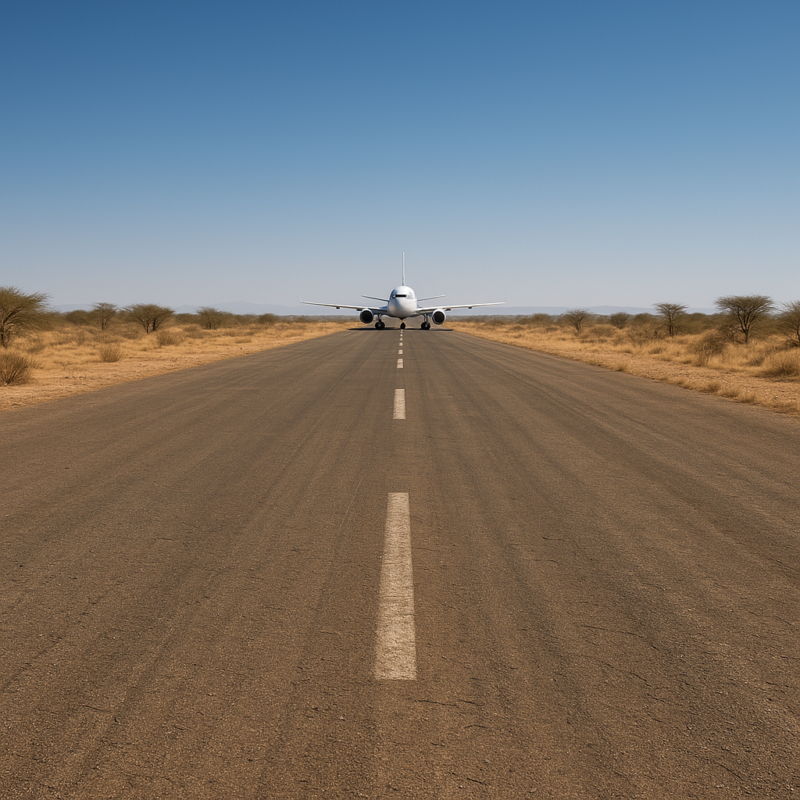Mogadishu, Somalia – The Federal Government of Somalia has announced a sweeping new road infrastructure programme that officials say will transform national connectivity and breathe fresh life into regional trade.
At the centre of the plan is the construction of a major highway linking Saylac and Borama—two strategically located cities whose connection has long been considered vital for commerce and mobility in the northwestern corridor. The route, once completed, is expected to serve as a key artery for the movement of goods, livestock and passengers, reducing transit times and opening new economic opportunities for border communities.
Minister of Public Works, Dr. Ilmi Mohamud Nur, confirmed that the project is not an isolated undertaking but part of a larger nationwide push under the government’s infrastructure roadmap. Dubbed the “Nagaad Projects,” the initiative includes additional roadworks planned for Hargeisa and other regions, reflecting a coordinated effort to standardize transport networks across federal member states.
“Our priority is simple. We want Somalis to move freely, trade easily and prosper together. Roads are not just concrete and gravel—they are lifelines that connect families, markets and ideas,” Dr. Ilmi said.
The announcement has been met with cautious optimism by residents and business leaders, many of whom have long lamented the challenges posed by poor road access. Traders transporting livestock or agricultural produce often face delays due to seasonal flooding or deteriorated tracks, pushing up costs and limiting market reach. Improved road links could drastically change that reality.
Analysts say the Saylac-Borama corridor, once operational, could also enhance cross-border trade with neighboring countries, positioning Somalia as a more competitive partner in the Horn of Africa’s economic landscape. The government has yet to disclose financing details or construction timelines, but officials insist procurement and feasibility studies are already underway.
For a nation rebuilding after decades of conflict, the symbolism of laying down new highways is not lost. It signals movement—not just of vehicles, but of confidence and ambition. If delivered as promised, the new roads could pave more than physical ground; they could mark a turning point in how Somalis travel, trade and envision their future.




